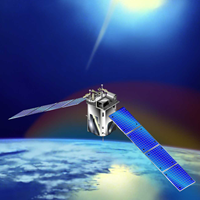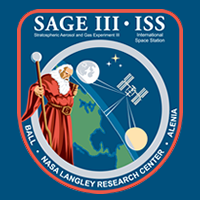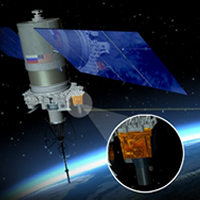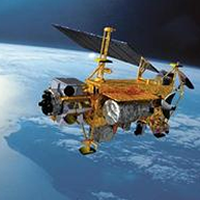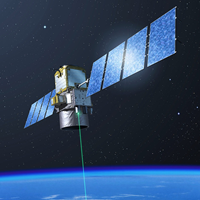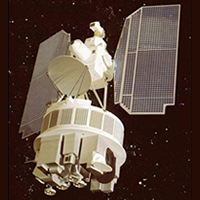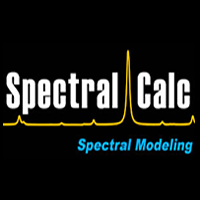
SpectralCalc.com
SpectralCalc.com provides tools for remote sensing research and education, featuring an interactive gas spectrum simulator. Scientists and teachers from all over the world use this to calculate high-resolution spectra of gases in laboratory settings or planetary atmospheres. Using the LINEPAK radiative transfer algorithms, the simulations are extremely fast and accurate. Spectra can be saved in a user’s online library, and can be easily combined and manipulated with our powerful tools. Besides the spectral calculator, the website provides many other useful tools including a blackbody simulator, a Sun position calculator, a spectral line atlas, and an extensible collection of model atmospheres.

